Crafting Pure Comb Honey Straight from the Hive
Comb honey is the honey in a hive which is produced for consumption. Comb honey is raw honey cut out of a frame in a honey super. It is known as the "cash cow" for beekeeping. Why?
It is far easier to cultivate and produce, requires less effort in production, and honey comb is the natural, pure taste which individuals who love honey, want to consume.
So, what are some of the basics new beekeepers should be aware of?
Consider some of these factors.
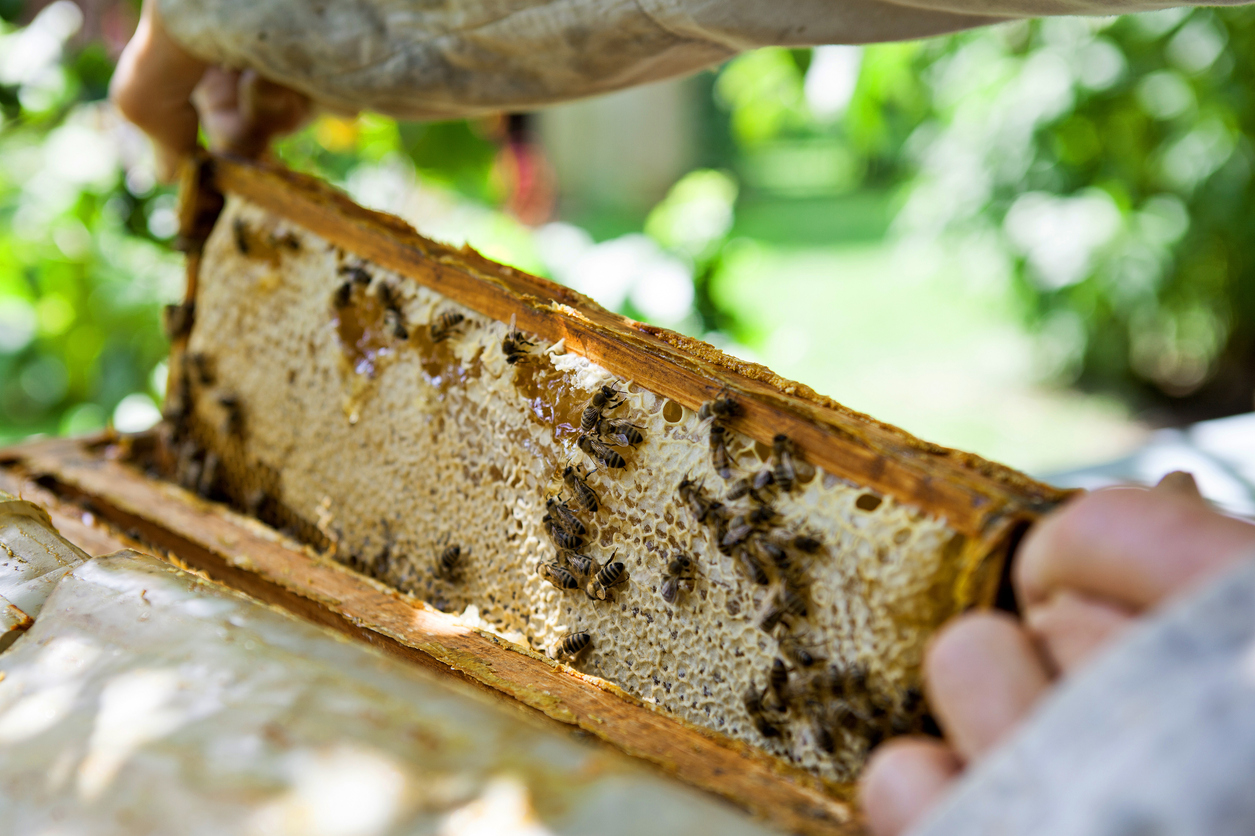
Production Methods of Honey Comb
When it comes to honey comb, there is more than one way to go about producing it; in fact, there are seven. Among these are:
- Traditional cut sections, where wood frames with foundation starter strips are used to produce the honey cubes.
- The foundationless frames method.
- Round combs which are produced with plastic frames/equipment.
- Pre-waxed plastic frame cube cutting method.
- Wooden sections, using basswood or higher quality/grain wood cutting method.
- Unwaxed plastic frames with rectangular frame cutting.
- Romanov comb section cutting.
Depending on the equipment available to you, the amount of money you have to spend, and the amount of time you dedicate to cultivating it, there is more than one way to go about production.
Regardless of which method you choose to use, or decide to learn more about, it is important to familiarize yourself with the different methods and approaches you can take, prior to getting started in this area of cultivation.
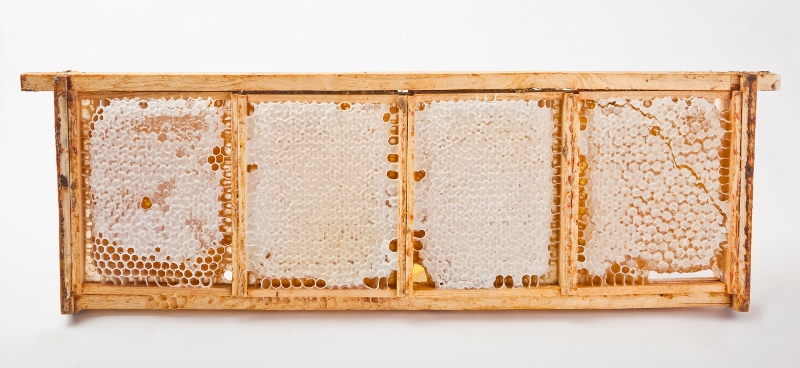
Beekeeping to Produce Comb Honey
Okay, it is also important to consider the area where the bees who will be producing the comb honey are going to be kept.
For example, giving them enough room to ensure swarming is not an issue, is just one of the many factors you are going to have to consider when developing an apiary or location to keep the bees which are going to dedicate their time to produce it.
Maintaining a healthy, viable hive and colony is also of utmost importance.
So beekeepers have to make sure the area is clean, large, safe, and is inclined for production as well.
Max colony populations should also be reached prior to production and should be maintained throughout the cultivation process as well.
Putting equipment together, making sure the queen bee (or two queen bees) are in position to thrive, and making sure the conditions are appropriate for the comb honey production, are just a few of the many factors one has to consider, if they are looking to get into this type of production, or are new to beekeeping in general.
No two approaches are alike, and no two beekeepers are going to follow the same exact steps when it comes to cultivating comb honey.
With this in mind, there are a few things one must consider when the time comes to begin the production of honey in this form.
Learning the methods, knowing the different options,and learning the basics of production will allow you to thrive as a beekeeper.
These are a few relevant factors one must consider prior to getting underway in the production process of the comb honey they wish to produce for sale/consumption.
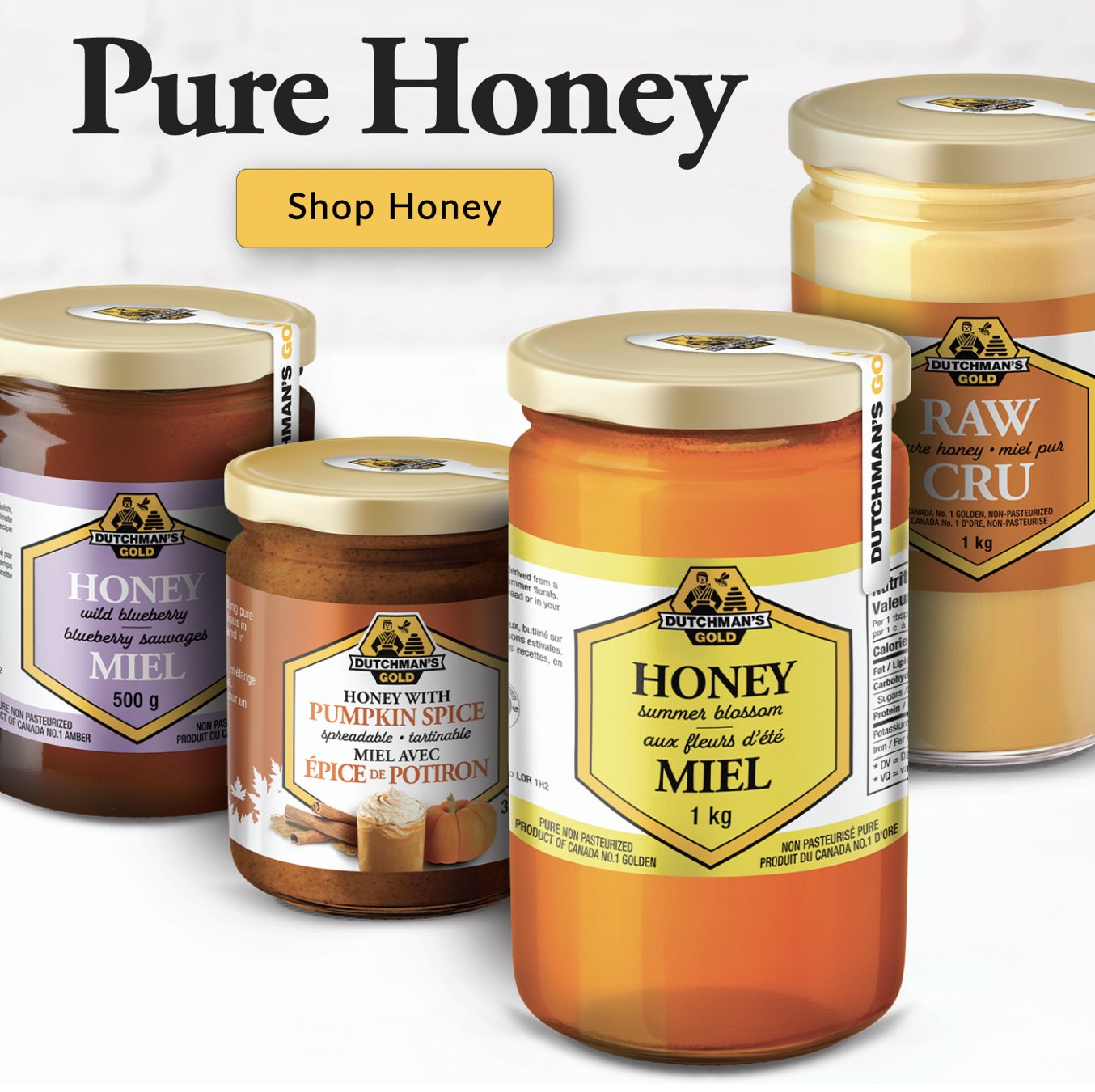
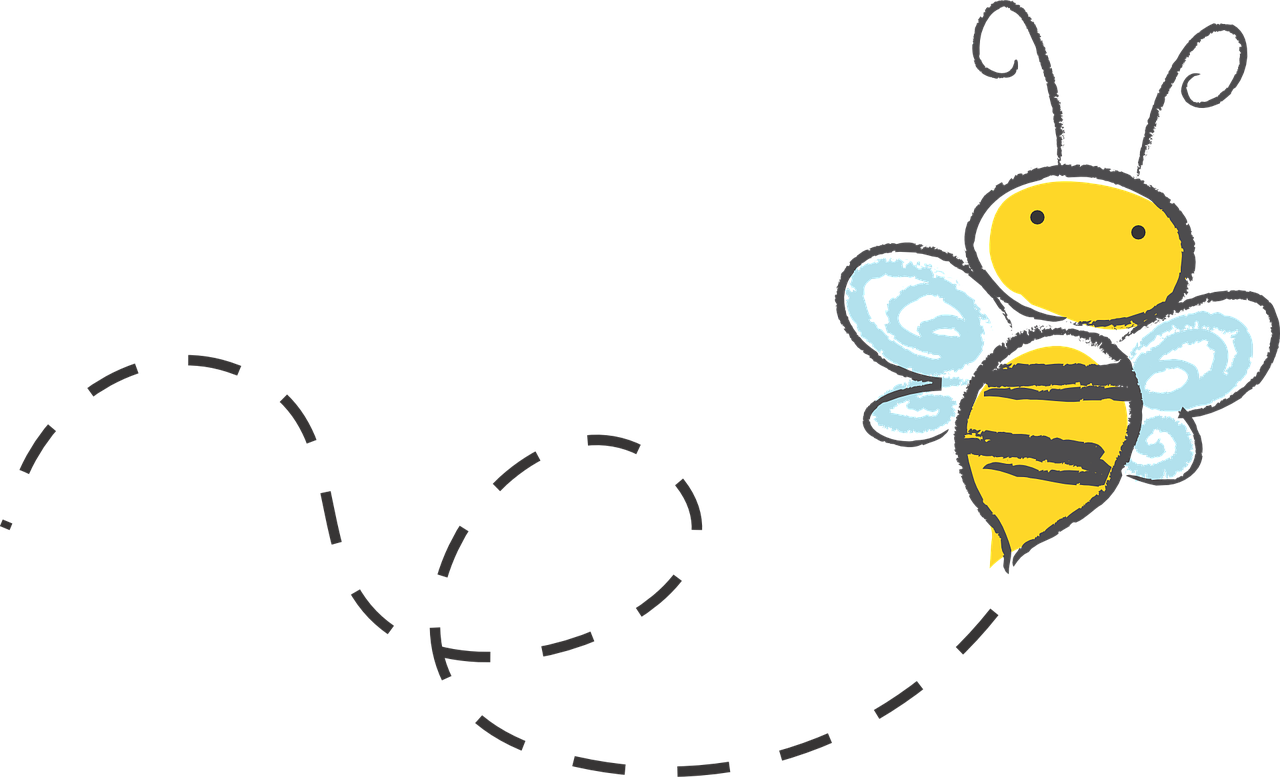
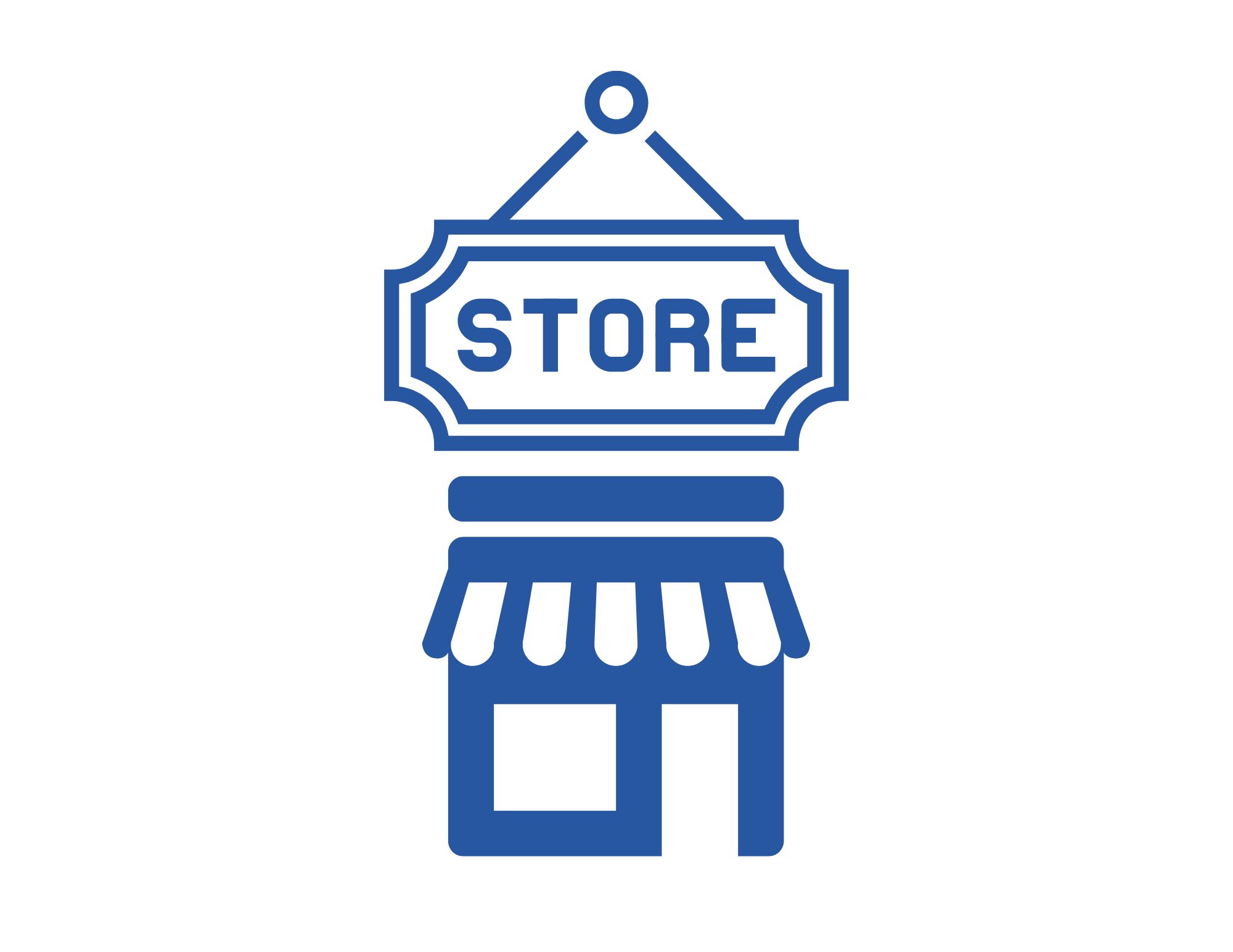
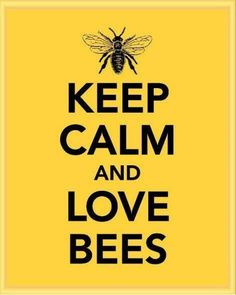
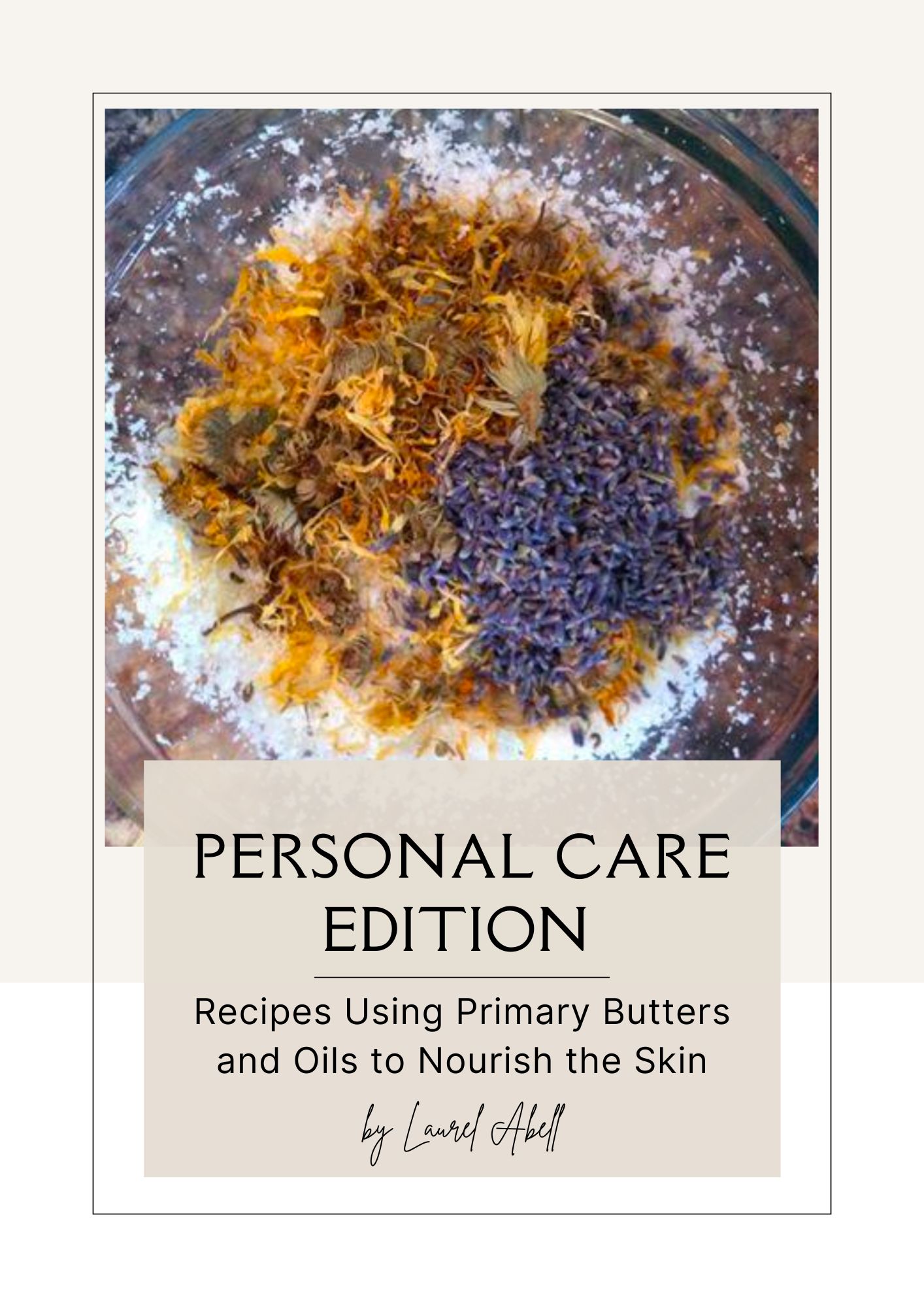
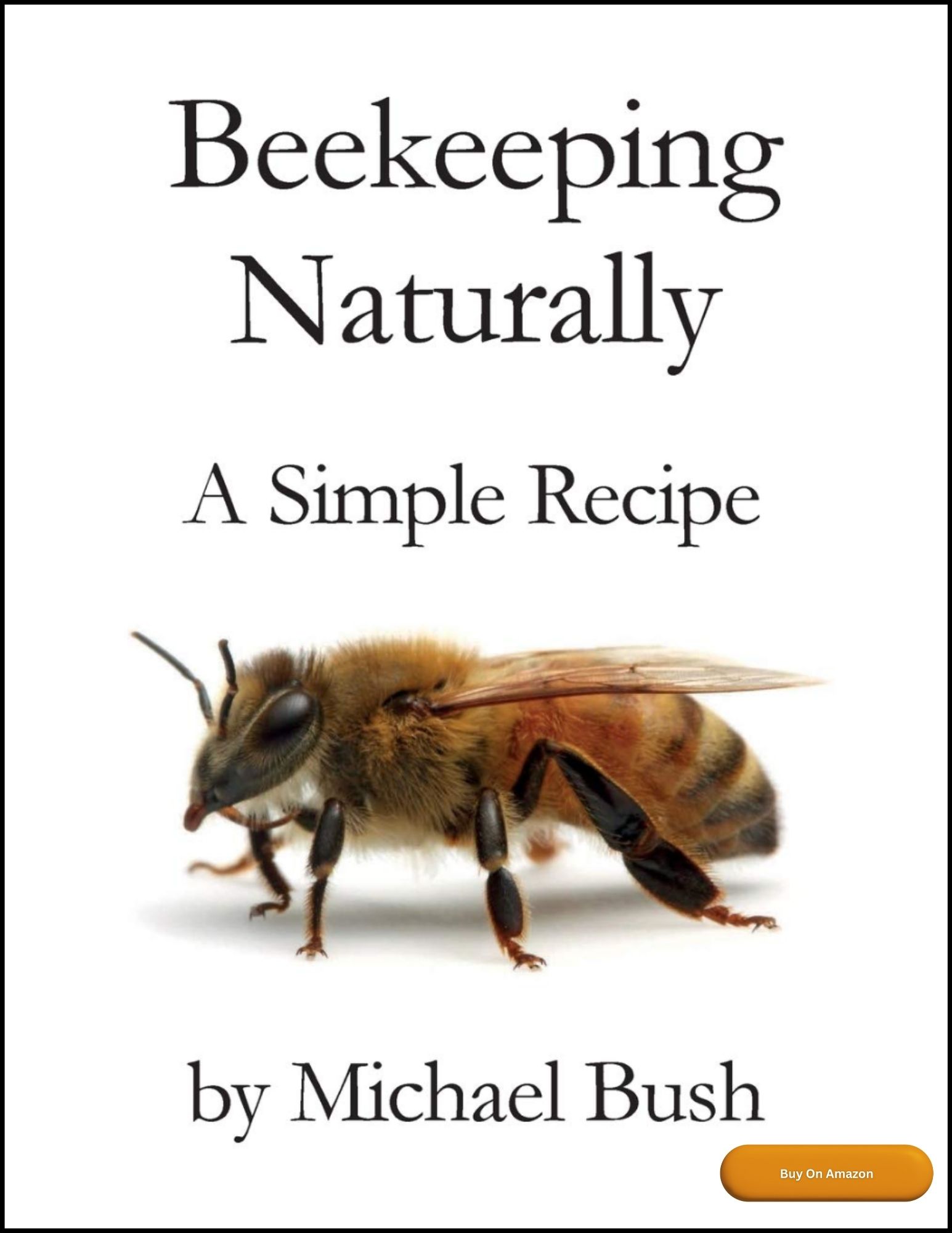
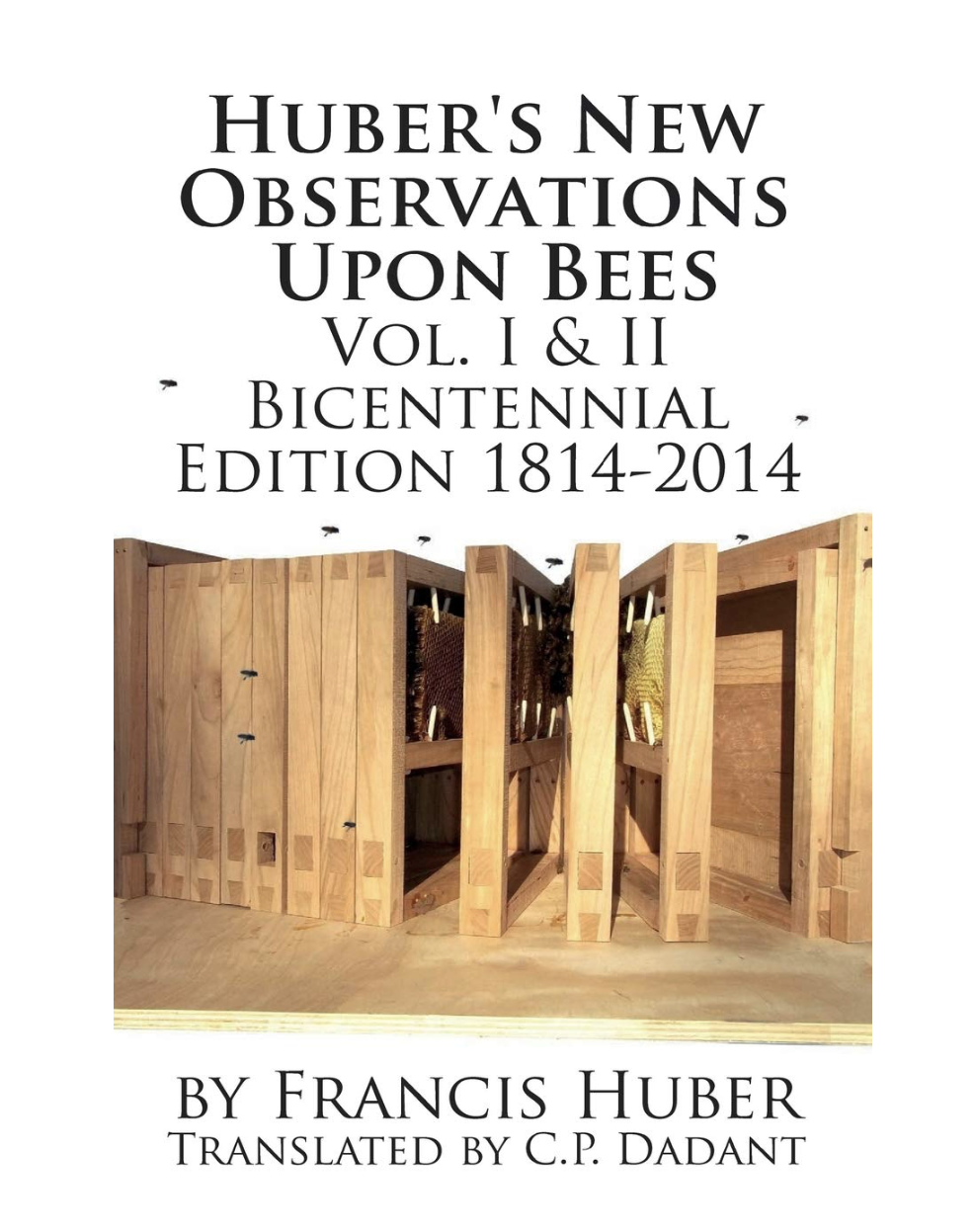
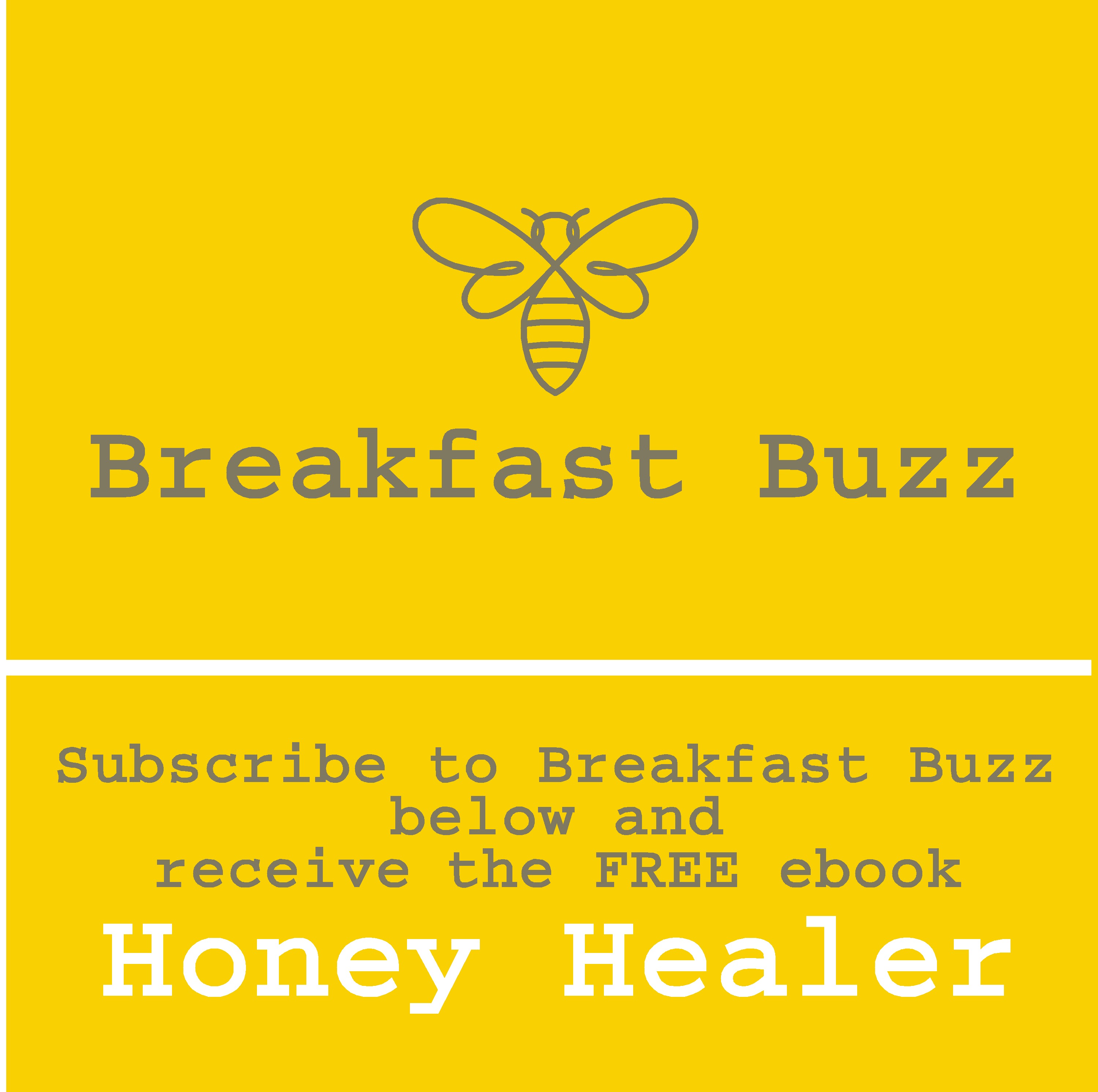
New! Comments
Have your say about what you just read! Leave me a comment in the box below.